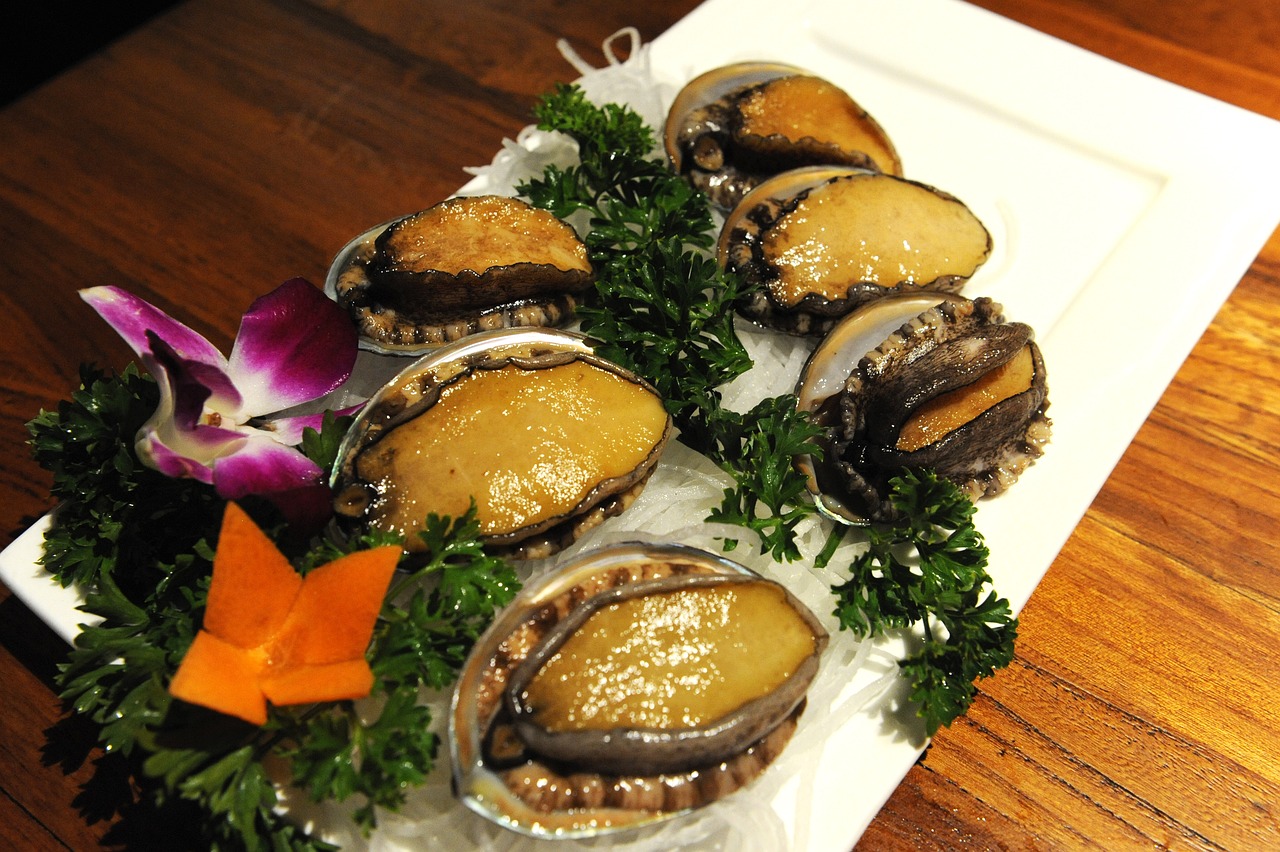News release
From:
Shells fishy – Analysis of the chemical elements in seafood shells could help conservationists and fight food fraud. Using isotope analysis, scientists were able to trace the source of Australian abalone with over 80% accuracy, as well as identify whether the shellfish was wild or farmed (64% accuracy). This technique could be used to track valuable shellfish species and support sustainable seafood practices. Images available. Royal Society Open Science
Using isotopic fingerprints in gastropod shells to validate commercial production pathway and geographic provenance
Royal Society Open Science
Seafood is vulnerable to provenance fraud, which threatens the sustainability of wild fisheries whilst also posing a risk to consumers. Isotopic analyses in shells are rarely used to track the provenance of seafood, but they can be advantageous. We investigated the use of isotopic fingerprints in gastropod shells to determine the production method (wild versus farmed) and geographical provenance of a high value seafood product (abalone). Isotopes values identified the provenance of Australian abalone collected from different farms, as well as wild abalone caught in different state jurisdictions. This study demonstrates the potential of shell isotopic fingerprints to track valuable shellfish species.



 Australia; SA
Australia; SA



